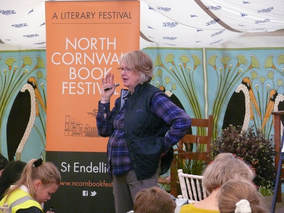
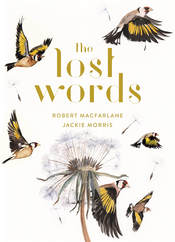
In a recent article, Macfarlane summarises some striking research in which a Cambridge-based team made a set of 100 picture cards, each showing a common species of British wildlife. They also made a set of 100 cards showing a “common species” of Pokémon character. Children aged eight and over were substantially better, the researchers found, at identifying Pokémon “species” than “organisms such as oak trees or badgers”: around 80% accuracy for Pokémon, but less than 50% for real species.
Jackie Morris at work: words by Robert Macfarlane, set and performed by Kerry Andrew

Blogging here In August I responded – positively – to Guardian columnist George Monbiot’s call for poets to weave their word-magic to find a new vocabulary for conservation and the environment, we conservationists having been part of the problem with our alienating technocratic language. Gittins, Macfarlane and Morris are deploying their artistry in an even more fundamental way, to restore #naturewords to the mouths, and the mind’s eyes, of children.
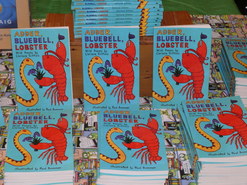
Countryfile’s edition from Cornwall will be broadcast on 22 October, BBC1 at 18:15
The Lost Words was published by Hamish Hamilton on 5 October.
Adder, Bluebell, Lobster is published by Otter-Barry Books
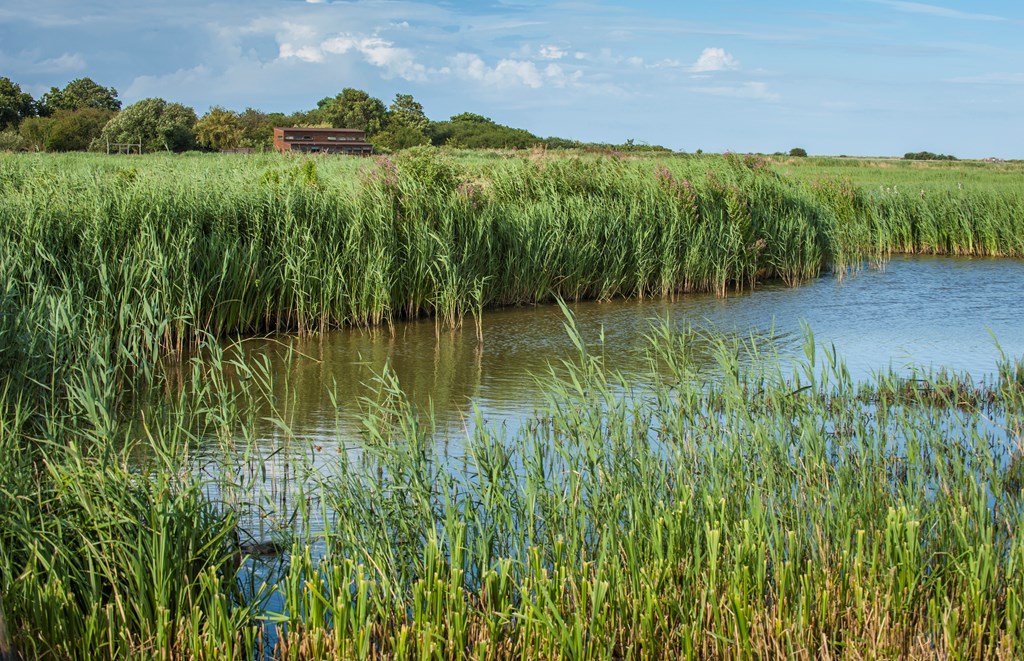
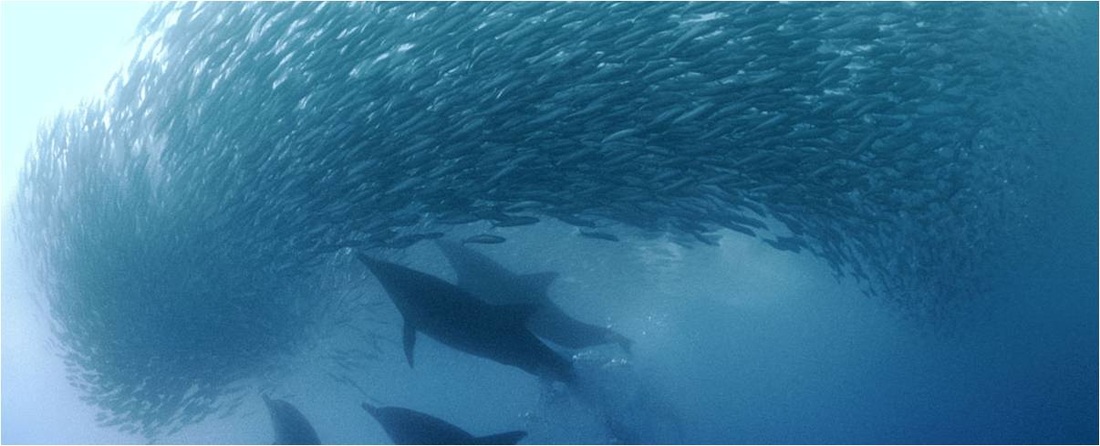
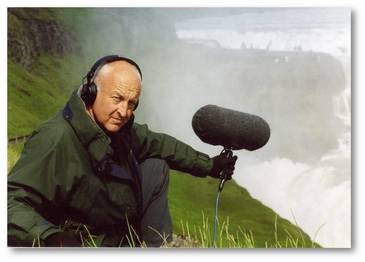
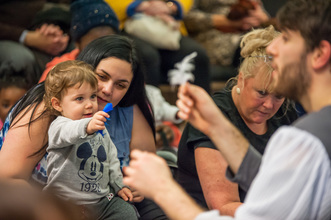
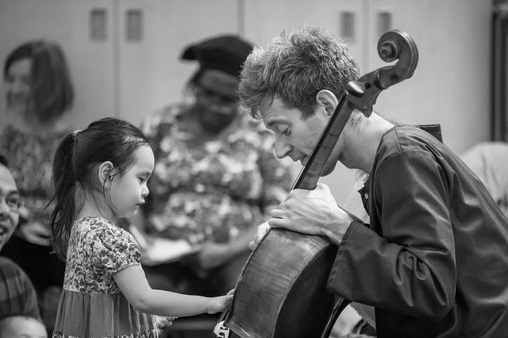
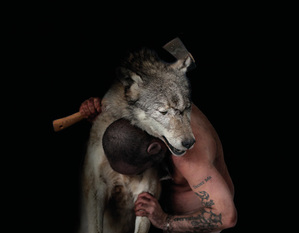
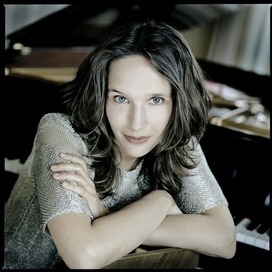
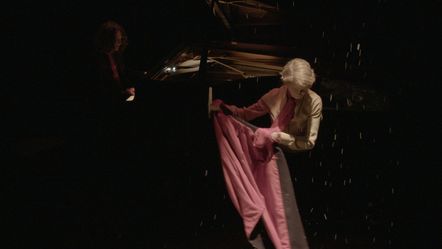
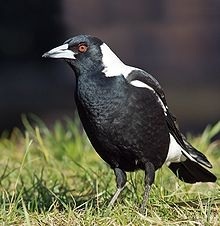
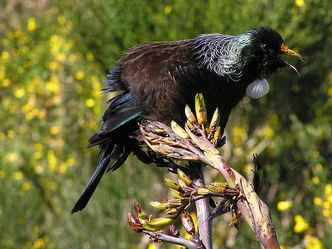
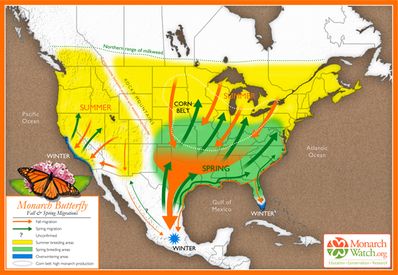
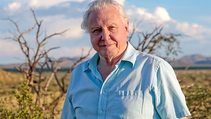
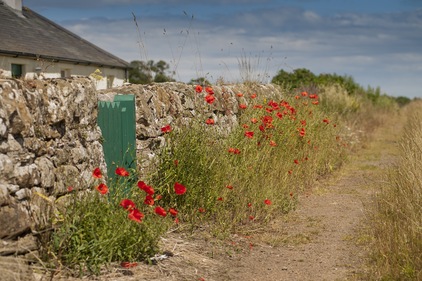
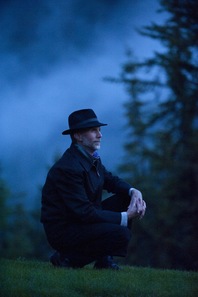
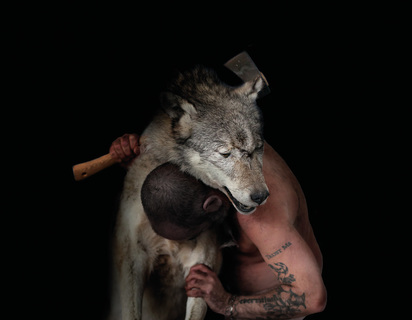
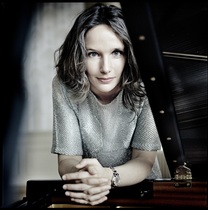
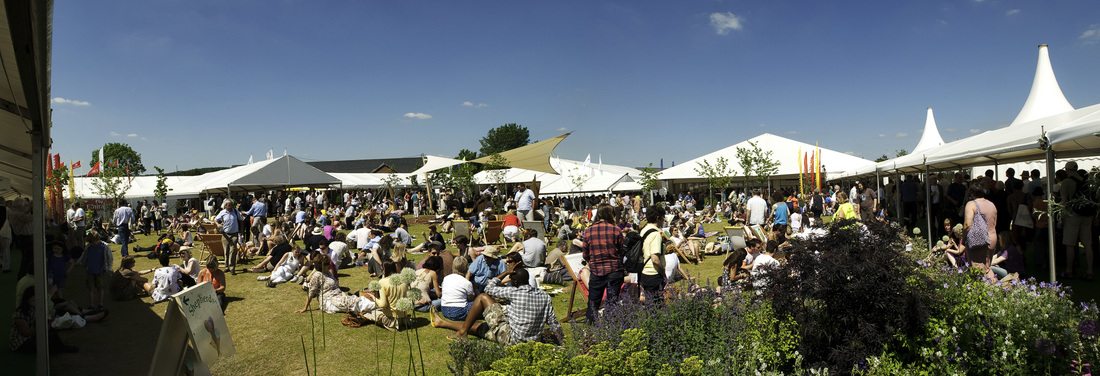
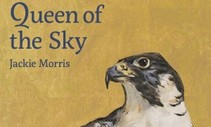
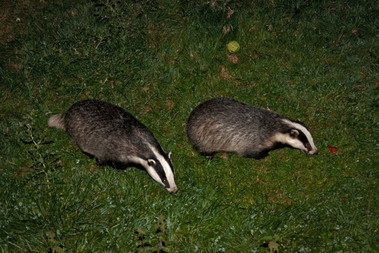
 RSS Feed
RSS Feed
